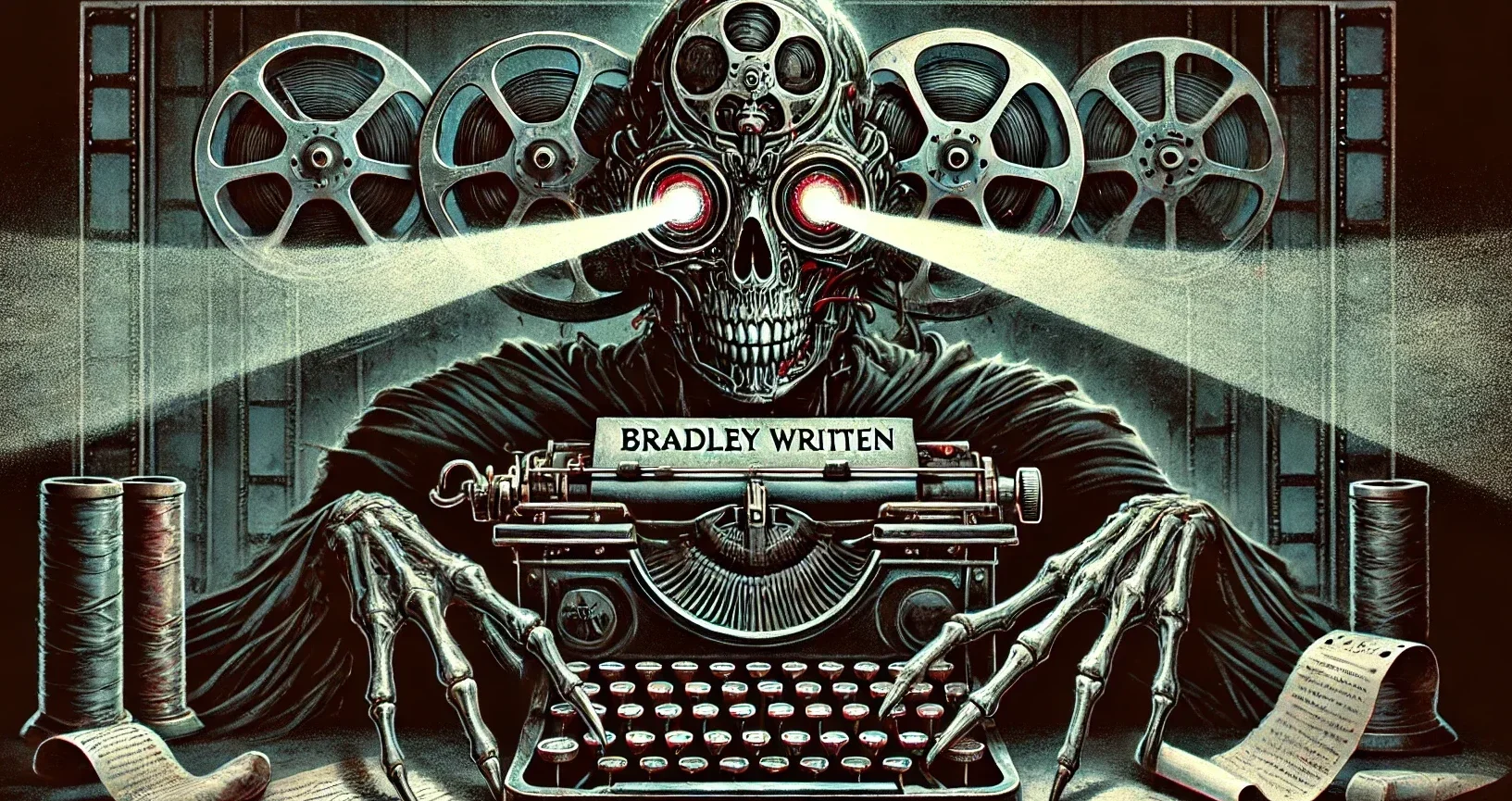★★★★✫
I found it nearly impossible to give a star rating to this film. It really makes you question the nature of film criticism and the purpose of art in general. In fact, mostly all I have are questions after seeing this for the first time – and maybe, any film that does that to you, that gets you thinking in a way you hadn’t previously – maybe that IS a “good” movie.
But is it really a “good” movie if you feel miserable the whole time you’re watching it? If you feel dirty for an hour after? If you want to cover your eyes and peek through your fingers like a seven-year-old watching Friday the 13th? I’m tempted to say, “Anything that can evoke that strong of response must be good filmmaking,” but of course that’s not true, as I would never call, say, a snuff film “good art”, despite its presumed impact on my psyche.
Is Cannibal Holocaust nothing but shock value and gore for gore’s sake? I would say no. There’s a purpose here to showing the depravity of human beings and our horrifying impact on nature and each other. It’s a question of how evolved we really are, if we’re any different from the big cats that lurk in the jungle and tear prey apart with their teeth and claws – if, maybe, we’re much worse than beasts. This message is made very clear at the very end of the film, along with questions like, why do we watch this stuff? Is it bad that we do? Why do we feel a thrill when we watch some violent things, but a gut punch when we watch others? Given all these open-ended questions, what is the responsibility of the media to give us, or protect us from, what we want?
On a narrative-level, there’s a bit more going on here than your typical exploitation gorefest. We get a frame narrative, starting with Alan navigating through the jungle and ending with him leaving a cushy screening room; then, within that, we get one of the earliest examples of found-footage horror, and done quite well, all things considered. The acting is believable. The characters seem three dimensional up until their villain turn.
All of the terrible things within this movie – the racism, the violence, the animal cruelty – is held at a distance by the framing device. Alan is a surrogate for the viewer. He’s not any happier about what he’s watching than you are, and he pushes to get the film destroyed. It’s a thought-provoking way to make a point, and it reminds me of the rewind scene in Funny Games in how it turns the manner in which you’re watching the film on its head. Even my quibbles about the filmmaker’s decisions such as how torturously long and repetitive some of the sexual violence in the second half are can be explained away as a means to an end. It’s the film equivalent of forcing a kid to smoke a whole pack when he’s busted by his parents: “Oh yeah, you think you like violence? Have more and more, until you throw up.”
Now, you can’t ignore the fact that the filmmakers killed real animals during production, and that’s inexcusable. It’s tempting to give it 0 stars for that, and I don’t blame anyone who does. One could argue we shouldn’t reward that behavior with good press. On the other hand, it’s 44 years later and nobody reads this site but my wife, so is it really good press? Besides, I think this is an important piece of cinema, both for its impact on the genre, and for its themes.
One that I don’t ever want to watch again, incidentally.

